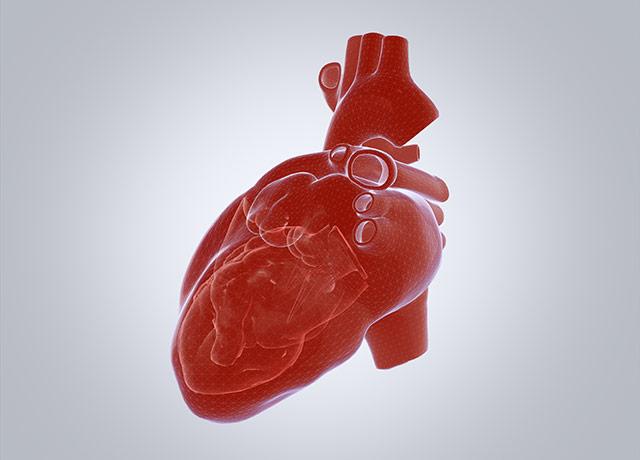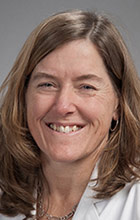
Function meets form in new heart guidelines
Physical defect is no longer the official basis of care for adult congenital heart disease patients.
“Congenital heart disease” sounds like one condition, but the term applies to upward of 20 structural abnormalities , such as malformed chambers and incomplete vessel junctions. For decades, the American Heart Association and other medical organizations have based guidance for treating these conditions on anatomic deficit alone; for instance, children born with one ventricle instead of two should expect the same path of medical care as they grow into adulthood.
Of course, cardiologists have known this to be false, because the health needs of two patients with the same underlying condition can diverge widely. Not until last week, however, did professional guidance formally acknowledge that reality.

UW Medicine cardiologist Karen Stout chaired the committee that wrote new guidelines for adult congenital heart disease (ACHD), the first update in 10 years, published jointly by the American Heart Association and American College of Cardiology.
“The biggest thing is that we have a new way to categorize adults with congenital heart disease. It’s not just based on their anatomic abnormalities, but takes into account their functional well-being, too. I think it will make it easier to treat patients,” she said.
Across the United States, there are only about 300 board-certified adult congenital cardiologists to treat 1.4 million patients with these conditions. The dearth of access is particularly acute in the spread-out Pacific Northwest. The new guidelines should help classify patients’ illnesses to determine who needs to be treated by an ACHD specialist.
“We need to ensure we’re not making patients travel from Montana or Alaska if they don’t need to. For those patients, some form of remote consult should suffice,” Stout said of UW Medicine’s ACHD program, whose clinicians routinely treat patients from across the Northwest and, for some evaluations, from across the nation.
ACHD is usually a lifelong patient experience, she said. Even when a surgeon’s wizardry has corrected a complex deficit, it is rare to invoke the word “cure.” Scars from life-saving surgeries in childhood can spur abnormal heart rhythms years later. Valves replaced in youth wear out and need replacing. Hearts that work overly hard in childhood appear to be prone to heart failure later.
Even so, doctors’ prowess at managing these conditions has enormously improved the chances of children with congential heart disease to become adults. Today 90 percent of those patients reach age 18. The increase in life years has led to more data about effective treatments, and, Stout said, more reason to update caregivers’ guidance.
For details about UW Medicine, please visit https://uwmedicine.org/about.